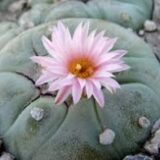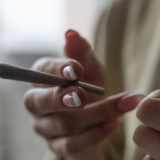
Table of Contents
Legal and Natural Plants That Work Like Ecstasy
Are There Any Legal Plants That Function Like Ecstasy in the Body?
Ecstasy (sometimes called Molly) is known for its mood lifting and social-inducing effects. It is frequently used for intimate behavior or partying. It is illegal in nearly every territory around the world, including the United States, the United Kingdom, Australia, and Canada. That said, however, a lot of psychonauts like to find safer, more organic solutions. There are a number of natural solutions, plants which provide extracts or psychoactive properties which are legal in these territories and provide similar effects to MDMA. Some of these solutions are seeds, some are leaf-based, and others are powdered roots. There are some which are used alone and some which work better in a nootropics-like formula. Some of these solutions are smoked, some are brewed into a tea, and others are consumed as an extract or capsule. And being natural, these options are all within the realm of safe and (in most territories) legal to purchase, possess, and consume!
What Plants Are Like Ecstasy? (Aka Best Herbal Ecstasy Plants)
Obviously some of these options are going to be stronger than others (and closer to ecstasy), thus they are ranked in order of said potency (1 being the strongest, and 10 being the weakest).
#1 Hawaiian Baby Woodrose Seeds
The Argyreia nervosa plant is a climbing vine that can be found throughout the world, though it is indigenous to the Indian subcontinent. It obviously gained its nick name from being introduced and cultivated heavily throughout Hawaii. Though it is an invasive species, it is welcomed and well sought-after for its medicinal, analgesic, and psychoactive properties. It is related to the morning glory plant as well and is commonly appreciated for its hallucinogenic properties (which in the right dosages makes it a lot like ecstasy).1
Of all the plants and herbs on the planet, one of the closest natural alternatives to ecstasy is the Hawaiian Baby Woodrose seed. This tree in itself is not used, but the seeds contain the magic. The seeds contain a substance called d-Lysergic Acid Amide, or LSA. LSA can be thought of as the “natural form” of LSD. It is not as strong as LSD and is fully organic (whereas LSD is synthesized). LSA also goes by the term “Ergine.” It is present in a few other less common plants, but the Hawaiian Baby Woodrose seed contains such a high quantity of the alkaloid. Additionally, these seeds are fairly easy to obtain, although there are a number of sources which seem to provide very weak, empty seeds (those lacking strong alkaloids).
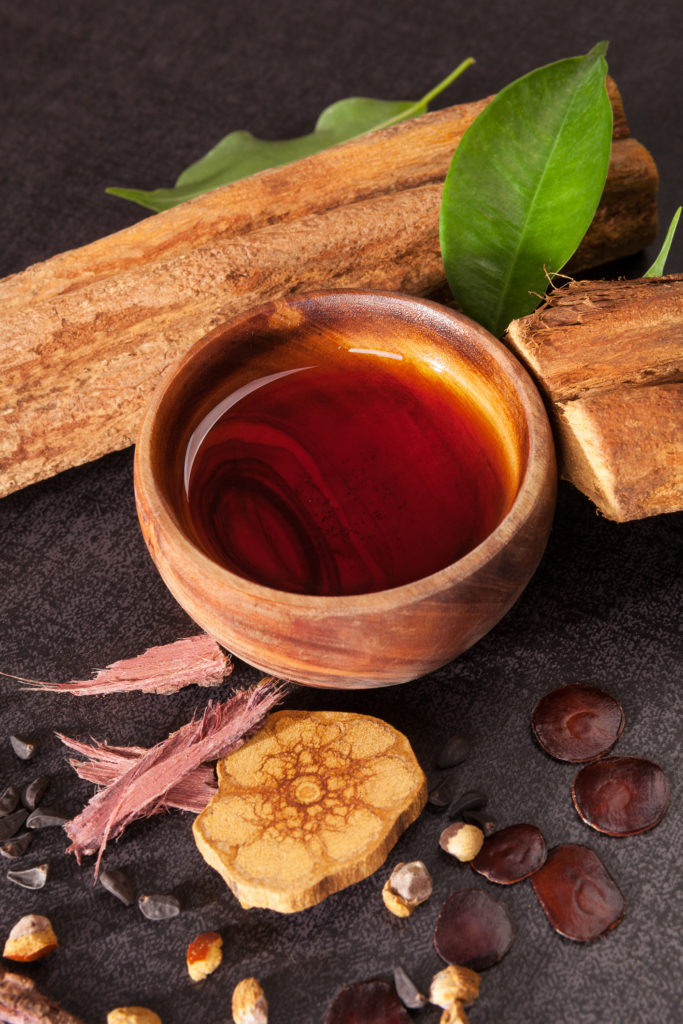
There are a few ways to use Hawaiian Baby Woodrose seeds effectively, some of the best are sublingual and cold water extraction. Sublingual administration is fairly simple, though requires a little bit of grit and effort. 5-10 seeds are typically used for a single dose per person. To begin, one cracks and removes the husks of the seeds. This basically means removing the exterior shell, exposing the softer inside to gather. After all of the soft insides are collected, they are placed in the mouth and significantly chewed up. It is important not to swallow any saliva for 30-35 minutes or longer while keeping these seeds under the tongue. It is okay to continue to chew them, as this will simply increase the surface area of the seeds, but never swallow them (can lead to an upset stomach). After 30-35 minutes have passed, the seeds can be spit into a cup or trashcan along with the saliva – or if the desired effects have not been achieved, the saliva can then be swallowed.
The cold water extract technique is a bit easier but far less potent than sublingual administration. If one prefers a cold water extraction, a cup or glass should be filled with water (tap water works fine), and then 14-30 seeds should be de-husked and placed into the water and left overnight either in the refrigerator or at room temperature. The next day, the seeds can be filtered out and the tea can be consumed.
#2 Antillean Gotu Kola
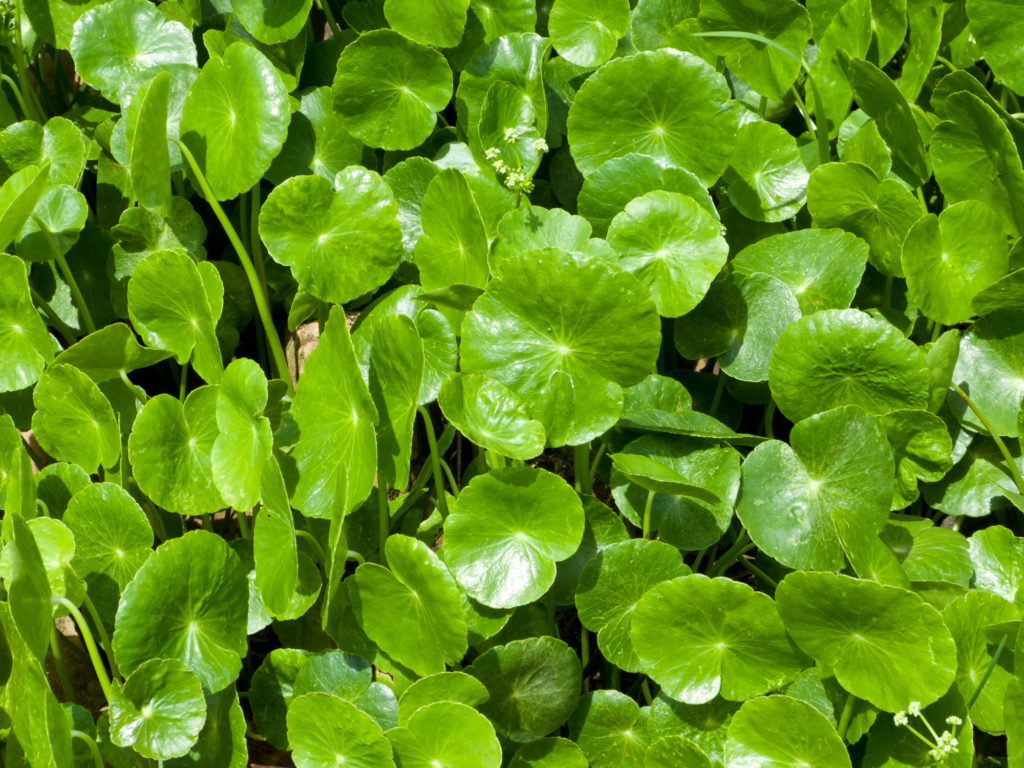
Antillean Gotu Kola is a premium strain of Hydrocotyle Asiatica. It is a perennial plant native to Asia. It can be found throughout the wetlands and is most commonly used medicinally or in culinary concoctions. Antillean Gotu Kola is also a well-known staple in Chinese and Ayuvedic medicine. In addition to being able to boost brain power and overall health, it is also popular for its ability to improve libido and social mood.2 Antillean Gotu Kola is known for its ability to increase sex drive in both men and women, and is even used traditionally to treat erectile dysfunction.4 For its strong ability to improve person-to-person connection, attraction, and sex drive, it is very commonly used as a natural, herbal ecstasy.
The most powerful way to use Antillean Gotu Kola is by brewing a strong herbal tea. 1-3 grams of the herb can be boiled in 2-3 cups of water, until enough water has been evaporated to leave only 1 cup of strong tea. The tea can be flavored, lemon can be added, or it can be combined with a juice or other drink of choice. Some people prefer to mix the few scoops of the powder with their coffee (while it is still extremely hot).
#3 Maca Root
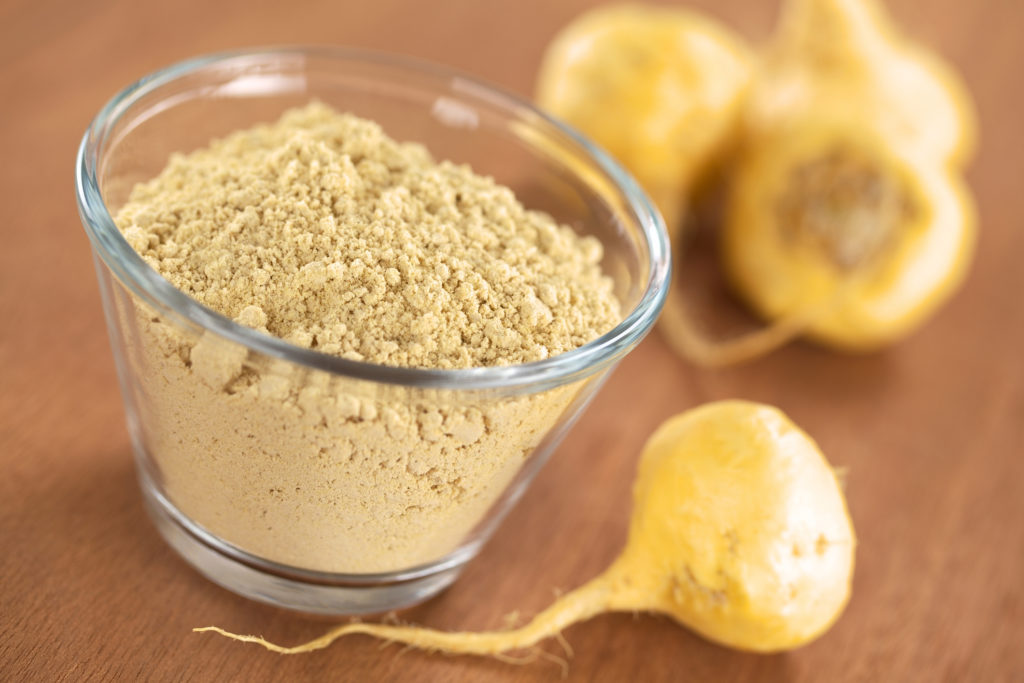
Maca (or Lepidium meyenii) is a herbaceous biennial plant native to the high Andes mountains in Peru. Sometimes it is called Peruvian Ginseng. This root can be ground or extracted, producing medicinal and culinary uses. The main use for Maca is increasing libido in both men and women.3 It produces strong sexual desires which only get better the longer it is taken as a daily regimen. It is commonly used for its energy and stamina boosting attributes. It most definitely improves mood, making it an excellent herbal ecstasy candidate. Maca can also increase fertility in men and relieve symptoms of menopause in women.
Maca root extract is a very common contribution to libido, stamina, energy, and sex drive supplements. It is widely considered a safe ingredient and its benefits have been backed by so much research. The ability for Maca to turn on men or women and improve the social nature of libido makes it a fabulous herbal alternative to ecstasy. Maca might be exclusively native to a single plateau in the Andes mountains, but it has been used by people of that region for centuries (and for a good reason)!
#4 Kanna
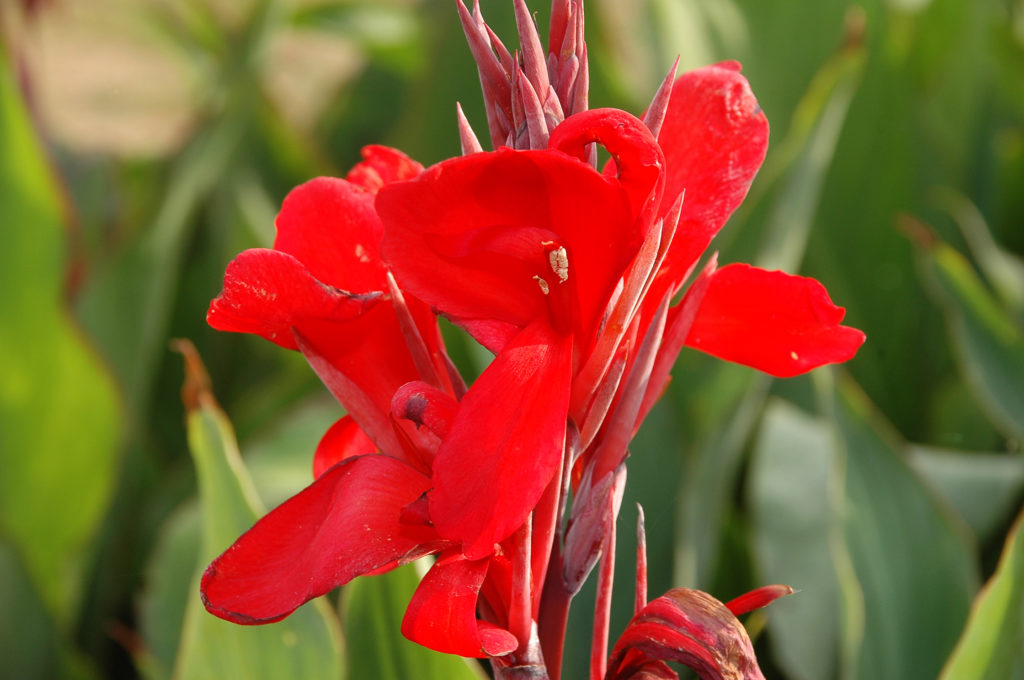
Kanna, also known as Sceletium tortuosum, is a chewable, succulent plant native to South Africa. It does grow in other places due to modern distribution and cultivation. It is one of the most common moon enhancing substances throughout the cultures of its native location.5 It is a very reliable herb in the area. In fact, its traditional uses even date back to prehistoric times. Typically it is used sublingually, being dried and chewed. The saliva that results from the chewing practice is swallowed. Although it is also crafted into a number of other products, including extracts, capsules, herbal teas and even tinctures. Some cultures in its native region even smoke it or use it as a snuff.
The most popular reasons for using Kanna include pain relief and mood enhancement. It can reduce inhibition, lower anxiety, and provide light euphoric properties in higher doses. The more powerful Kanna extracts are also hailed as a stimulant, making this plant a great social plant and a strong, potential herbal ecstasy. Some of its other nick names include Channa, Kougoed, and Canna.
#5 Damiana

Damiana is also known by its scientific name, Turnera diffusa. It is a pretty shrub yielding yellow, aromatic flowers. It is most commonly found in southern Texas, Mexico, and Central America. It has been used for hundreds of years in many traditional medicines. Although it has not been thoroughly studied, many people believe and use Damiana for its purported psychoactive properties which work well as a natural aphrodisiac.6
Out of all the options, Damiana actually provides the best smell. This sweet scented herb can be smoked, brewed into a basic tea, or combined with other ingredients and burned as an incense. It is one of the only herbs on the list that can enhance the mood without being ingested. In fact, Damiana has been traditionally burned as an incense in many cultures around the world for centuries. It is commonly a filler ingredient for custom, home-rolled cigarettes.
#6 Kratom (where legal)
Kratom, also known by its scientific name Mitragyna speciosa, is native to tropical regions of the world. It originates in Southeast Asia, and especially Indonesia and Thailand. It belongs to the evergreen and coffee families. In fact in many places, it is even referred to as Kratom coffee. The alkaloids present in the Kratom interact with opioid receptors making it an analgesic and pain relieving herb. The light euphoria kratom provides makes it a very social plant, even having traditional roots in many social and celebratory ceremonies throughout many cultures. Though it may decrease sexual sensitivity, it most certainly exhibits the “closeness” effect of ecstasy, making it a pseudo-herbal-ecstasy option.
*Kratom is not legal in all territories, even being banned in many states in America for its mood enhancing properties.7 It also varies from strain to strain and supplier to supplier, greatly lowering its ranking on this list.
#7 Rhodiola Rosea
Rhodiola rosea will typically only grow in the Artic climates of northern Europe, Asia, and North America. It is a perennial flowering plant and is well-known to decrease stress, improve natural energy, and fight fatigue. Rhodiola is often extracted for its adaptogen properties.8 It is a mild mood enhancer, making it a wonderful, safe herbal ecstasy candidate. It even improves brain function, giving an extra “social boost.” The energy boost Rhodiola provides also leads to an overall improvement to exercise performance (very useful for the libido-oriented effects people usually look for in ecstasy). The benefits from taking Rhodiola longterm are even better, which is why it is a very common ingredient in nootropics and supplement formulae. It is sometimes called the “golden root” or “artic root.”
#8 Kava Kava
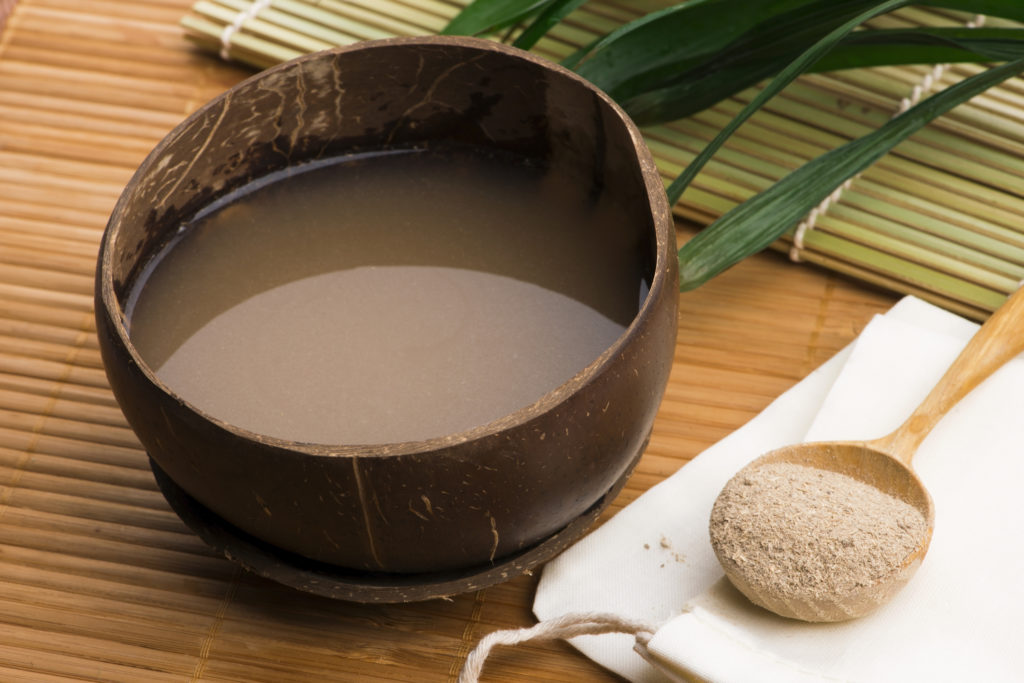
Kava is also known by its scientific name, Piper methysticum. It is native to the Pacific Islands, although it has become cultivated in other areas of the world as well. It is a social plant often used as a substitute for alcohol (some countries even have “Kava bars” instead of alcohol-based bars). It is very bitter. The kava root has been used traditionally for centuries. It is common to find Kava used in a variety of indigenous religious and celebration ceremonies as well.
In traditional times, the roots were ground into a paste, diluted with water, and then strained before consumption. In modern times, Kava comes pre-ground, or as an extract (whether liquid or powder). It has been used to reduce anxiety and pain. Although the most common use of Kava is mood enhancement.9 It may not be as strong as some of the other plants on this list, but Kava is definitely a candidate for being used as a safe, herbal ecstasy.
#9 Salvia Divinorum (where legal)
Salvia Divinorum is another plant that is not legal everywhere. Even the United States has Salvia banned these days. However, in the places where it is legal, in light doses, it can provide ecstasy-like effects. It is a natural herb, a sage, with transient psychoactive properties. The leaves are typically chewed, smoked, or brewed into an herbal tea. The opioid compounds found within Salvia leaves are responsible for the hallucinations that may ensue in heavier doses. Ultimately, it is not one of the best candidates for a natural ecstasy, but due to its ability to improve mood in small doses, it does still make the list.
#10 African plant Griffonia simplicifolia
Griffonia simplicifolia is native to West and Central Africa, although it can be found in a few other places with similar climates around the world. The plant is a climbing shrub which produces black pods. The plant’s seeds are used to extract 5-HTP (5-Hydroxytryptophan). This is a natural form of tryptophan which can increase serotonin in the system and create a natural urge to want to be in bed, relaxed, and in some cases being close to other people.
Although 5-HTP is more commonly used for anxiety and stress-related treatments, it is also sometimes used to lower inhibition and improve person-to-person closeness. The easiest way to consume 5-HTP is in a pill or supplement form. There are some nootropics products which do a wonderful job of combining 5-HTP with other ingredients to produce an effective formula.
Last Notes On Natural, Legal Substitutes for Ecstasy
All-in-all there are several natural alternatives to ecstasy which are legal and relatively safe. Some of these may be a bit tougher to find than others, while some are very commonly available in nearly every country around the world. It is also true that some require a bit more work than others (for instance, sublingual administration is required to experience the best effects of Hawaiian Baby Woodrose seeds, and kratom should be brewed into a tea to see the strongest effects). Regardless, it is certainly possible to enjoy an mdma-like euphoria that is legal and safe from some of these plants, as well as the social or mood lifting properties.
Disclaimer: This article is strictly for informational purposes only.
References
1Tittarelli, R., Mannocchi, G., Pantano, F., & Romolo, F. S. (2015). Recreational use, analysis and toxicity of tryptamines. Current neuropharmacology, 13(1), 26–46. https://doi.org/10.2174/1570159X13666141210222409
2Barrington, R, (September 6, 2018). Gotu Kola as a Mood Enhancer. RDB Nutrition. Retrieved from: www.robertbarrington.net/gotu-kola-as-a-mood-enhancer/
3Shin, B. C., Lee, M. S., Yang, E. J., Lim, H. S., & Ernst, E. (2010). Maca (L. meyenii) for improving sexual function: a systematic review. BMC complementary and alternative medicine, 10, 44. https://doi.org/10.1186/1472-6882-10-44
4Dording, C.M. et al. “A Double-Blind, Randomized, Pilot Dose-Finding Study of Maca Root (L. Meyenii) for Management of SSRI-Induced Sexual Dysfunction,” CNS Neuroscience and Therapy (2008) 14:182.
5Gericke, Nigel. (2018). Kabbo’s !Kwaiń: The Past, Present and Possible Future of Kanna.
6Kotta, S., Ansari, S. H., & Ali, J. (2013). Exploring scientifically proven herbal aphrodisiacs. Pharmacognosy reviews, 7(13), 1–10. https://doi.org/10.4103/0973-7847.112832
7Veltri, C., & Grundmann, O. (2019). Current perspectives on the impact of Kratom use. Substance abuse and rehabilitation, 10, 23–31. https://doi.org/10.2147/SAR.S164261
8Khanum, F., Bawa, A.S. and Singh, B. (2005), Rhodiola rosea: A Versatile Adaptogen. Comprehensive Reviews in Food Science and Food Safety, 4: 55-62. https://doi.org/10.1111/j.1541-4337.2005.tb00073.x
9Savage, K. M., Stough, C. K., Byrne, G. J., Scholey, A., Bousman, C., Murphy, J., Macdonald, P., Suo, C., Hughes, M., Thomas, S., Teschke, R., Xing, C., & Sarris, J. (2015). Kava for the treatment of generalised anxiety disorder (K-GAD): study protocol for a randomised controlled trial. Trials, 16, 493. https://doi.org/10.1186/s13063-015-0986-5
